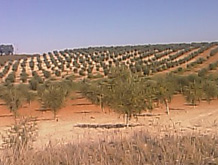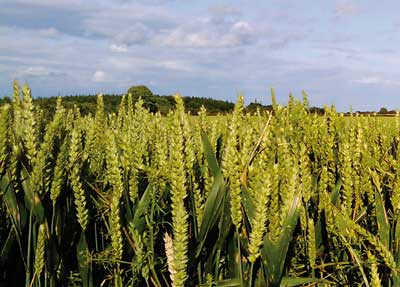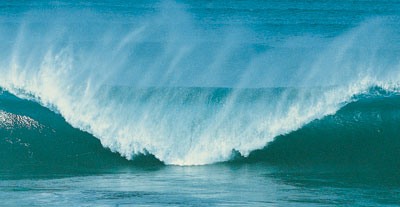Future climates

Because the Earth’s climate has changed in the past, it is a reasonable assumption that it will continue to change in the future.
The amount of carbon dioxide (CO2) in the atmosphere has increased since the start of the industrial revolution and it is increasing rapidly now.
There is likely to be a greater proportion of CO2 in the atmosphere in the future.
Because of the interaction between the factors that control the Earth’s climate it is difficult to predict how the temperature of the Earth might respond to changes in CO2, however it is widely believed that the temperature will rise.
What effects might this have?
Wildlife
Living organisms are likely to respond to changes in temperature and climate. They might adapt or migrate to experience more acceptable conditions. If species are unable to adapt or migrate and conditions become inhospitable they could become extinct.
Agriculture

Different crops demand different conditions to grow successfully. Even within a country like Britain, crops like apples are grown in some places and not in others.
This regional variation in agriculture is often down to different local conditions and this includes the climate.
If temperatures rise, then some crops may become harder to cultivate and may have to be replaced with different ones, more suited to the new environment.
Extreme weather
As the Earth warms up, the oceans and atmosphere interact and can amplify the frequency and intensity of weather events. These include hurricanes, floods and droughts.
Sea level rise

One response to climate change is a rise in sea level. This is caused both by melting of ice and the thermal expansion of sea water (as sea water becomes warmer it expands to occupy a greater volume).
If the sea level rises then land is lost with low-lying areas becoming prone to flooding.
These changes in sea level, flooding, and land claimed by the sea are nothing new, however, the big difference today is that humans very often live in the places that will be invaded by the sea if it rises by even a small amount.
Computer models
The Earth's climate system is very complex but scientists want to be able to predict future changes in it.
To do this they use mathematical equations but because there are many complicated processes involved there are very many equations. These equations used together are called a mathematical model.
Adding to the complication is the fact that the equations don't work in isolation, they need to interact with each other.
Calculating all of the possible contributions to the climate accurately is very difficult, time-consuming and expensive so a computer models are constantly being refined to improve the accuracy of their predictions.







